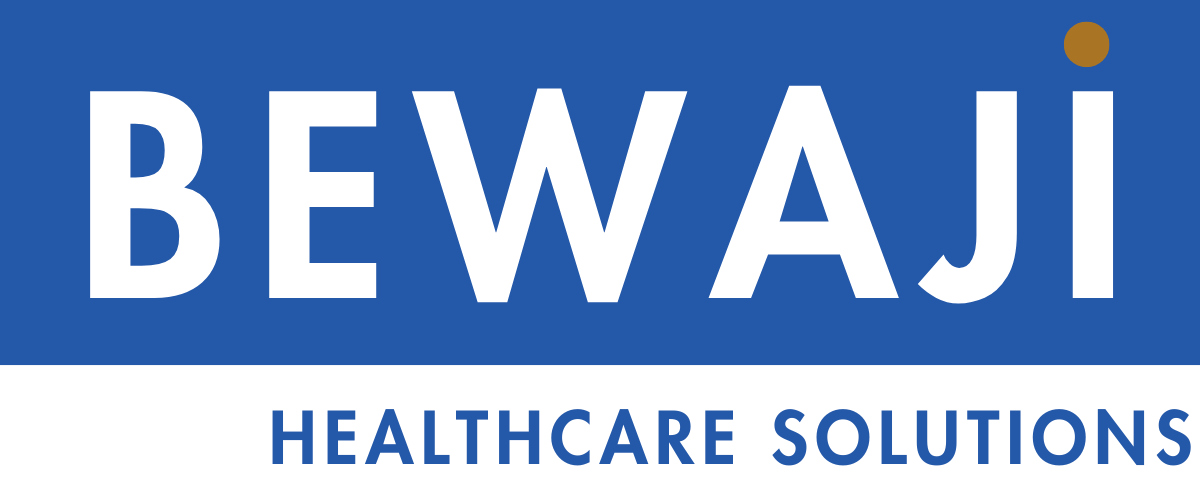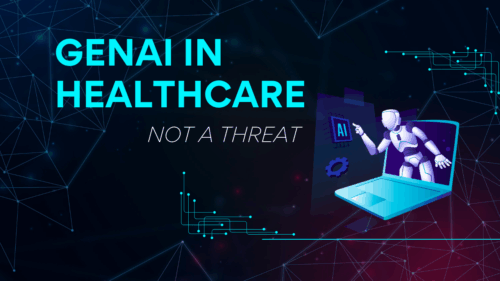Low-code/no-code automation technologies are transforming the way we deliver personalized care and engage with patients. This blog explores the vast opportunities that automation offers to enhance patient care, reduce healthcare professionals’ workload, and improve overall health outcomes. Additionally, we will delve into the technical work we have undertaken to illustrate these technologies’ practical application and benefits.
The Promise of Automated Personalized Healthcare
Personalized healthcare involves tailoring medical treatment to individual patient characteristics, preferences, and needs. Automation technologies, ranging from AI-driven predictive models to sophisticated health data management systems, are crucial in realizing this vision. By leveraging these tools, healthcare providers can offer more targeted, efficient, and effective care.
Reducing Workload Through Automation
Healthcare professionals often face significant workloads, balancing patient care with administrative tasks. Automation can alleviate this burden by streamlining routine processes, allowing clinicians to focus more on direct patient care. For example, automated patient education systems can deliver personalized health information and reminders, reducing the need for manual intervention.
Personalized Health Education
One key benefit of automation in healthcare is its ability to provide personalized health education. Tools like Airtable can integrate health data and automatically generate tailored educational content for patients. This approach ensures that patients receive relevant information, enhancing their understanding and management of their conditions.
Example: Diabetes Management
Consider diabetes management. Automated systems can use patient data to deliver customized educational materials, medication reminders, and health education class invitations. This empowers patients with knowledge and ensures they adhere to their treatment plans, ultimately improving health outcomes.
Enhancing Patient Engagement
Automation also plays a pivotal role in boosting patient engagement. Engaged patients are more likely to participate in their healthcare, leading to better outcomes. Automated systems can send regular updates, health tips, and appointment reminders, keeping patients actively involved in their health journey.
Case in Point: Predictive Models
While our focus isn’t on the technicalities of predictive models, it’s worth noting that they exemplify what is possible with automation. These models can analyze vast datasets to predict health risks and trigger automated interventions, such as personalized education and care plans, ensuring timely and appropriate patient management.
Technical Work: Developing a Predictive Model
Our project utilized the Behavioral Risk Factor Surveillance System (BRFSS) dataset from the CDC, encompassing health-related responses from over 400,000 Americans. Focusing on a clean dataset of 253,680 responses with 21 feature variables, we aimed to classify individuals with high or low risk of end-organ damage.
Using Python, we developed a predictive model deployed with Streamlit to assess the risk of end-organ damage in diabetic patients. The primary objective was to evaluate the predictive power of body mass index (BMI) and other health parameters. Here’s a demonstration of how the application works: by inputting health data, the model predicts risk levels and integrates these insights into Airtable, automating patient education and class invitations.
Model Performance and Evaluation
We initially employed the XGBoost model, achieving a recall of 81% for high-risk cases. However, the model’s precision was relatively low at 28%, indicating it often misclassified low-risk individuals as high-risk. To enhance reliability, we used the model to effectively exclude low-risk individuals, thus concentrating additional screenings on potentially high-risk individuals.
Comparing Model Algorithms
We compared it with a random forest classifier to further understand the model’s performance. Despite its lower performance on our dataset, the random forest model provides an excellent conceptual illustration of how predictive models operate.
Random Forest Explained
Imagine navigating a vast forest to identify tree types. The random forest comprises many individual decision trees:
- Bootstrap Sampling: Gathering leaves from various forest parts into smaller bags.
- Growing Trees: Each bag of leaves grows a tree, making decisions at each branch based on specific criteria.
- Voting: Each tree votes on the type of tree it represents, with the majority vote determining the final classification.
Performance Metrics
Key metrics for evaluating our models include:
- Precision: The accuracy of the model in identifying high-risk patients.
- Recall: The ability of the model to capture all actual high-risk cases.
- F1-Score: A balance between precision and recall.
- Support: The number of actual cases for each classification.
Advantages of XGBoost
XGBoost offers several benefits:
- Gradient Boosting: It learns from mistakes by iteratively improving on them.
- Parallel Processing: Fast computation by simultaneously working on multiple parts of the data.
- Handling Missing Values: Effective even when some data points are missing.
- Tree Pruning: Optimizes by cutting off non-beneficial branches.
Practical Application and Automation
Post-prediction, the data is integrated into Airtable, automatically adding high-risk patients to a mailing list. These patients receive tailored health education materials and invitations to relevant classes. This seamless process ensures timely and personalized patient information delivery.
Automation Setup
Using tools like Airtable, we automate patient education by triggering content delivery and class invitations as soon as a high-risk patient is identified. This setup can be extended further using CRM systems, Zapier, or Make to automate additional workflows, enhancing patient engagement and education.
Tools and Technologies
Several tools and technologies facilitate healthcare automation:
- Airtable: Integrates patient data to automate health education and communication.
- Streamlit: Deploys health applications that can interact with patient data in real time.
- Zapier and Make: Automate workflows, connecting different systems and enhancing efficiency.
Integration with Existing Systems
Automation tools can seamlessly integrate with existing healthcare IT systems, enhancing functionality. For instance, incorporating predictive models with electronic health records (EHRs) allows for real-time data analysis and personalized patient care recommendations.
Example: Healthcare Automation with Airtable
Using Airtable, healthcare providers can automate the delivery of personalized health education. For example, Airtable can trigger an email campaign with customized health tips and class invitations after a predictive model identifies a high-risk patient. This process ensures patients receive timely and relevant information, enhancing their engagement and care outcomes.
Future Opportunities
The future of healthcare automation holds immense potential. Innovations in AI and machine learning will continue to drive advancements in personalized care and patient engagement. As these technologies evolve, we can expect more sophisticated and effective automated systems that further reduce healthcare professionals’ workload and improve patient care.
The Impact on Chronic Disease Management
Chronic disease management, such as diabetes, benefits significantly from these advancements. Automated systems can continuously monitor patient data, predict complications, and deliver personalized interventions, ensuring proactive and preventive care.
Conclusion
Automation in healthcare is necessary for modern, efficient, and patient-centered care. By leveraging automated systems, healthcare providers can offer personalized education, enhance patient engagement, and significantly reduce administrative burdens. This approach improves patient outcomes and optimizes resource allocation, making healthcare delivery more effective and sustainable.
For more on healthcare innovations, subscribe to our newsletter. Let us know if you’d like to explore further into automation tools or machine learning models in healthcare. Thank you for reading!



